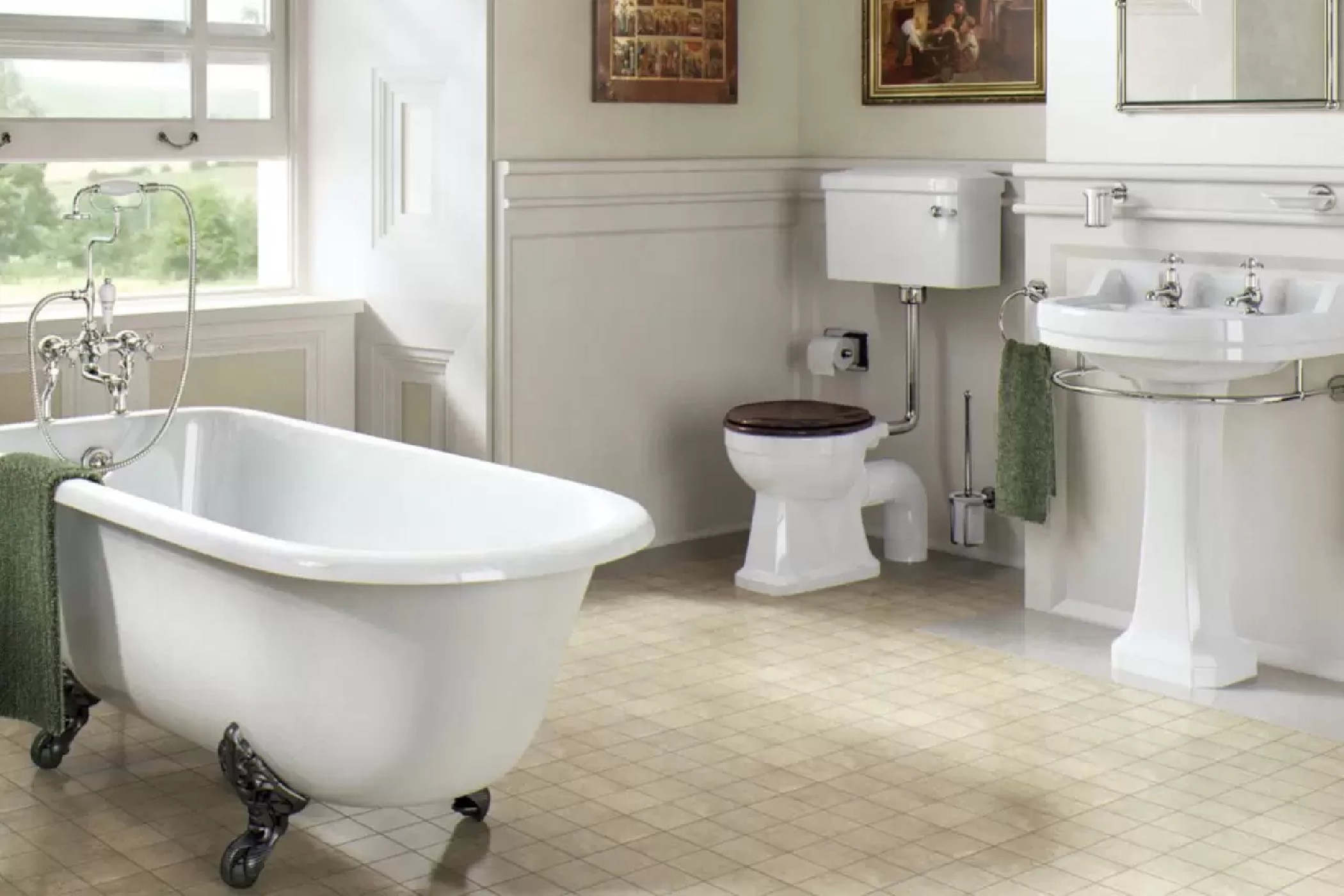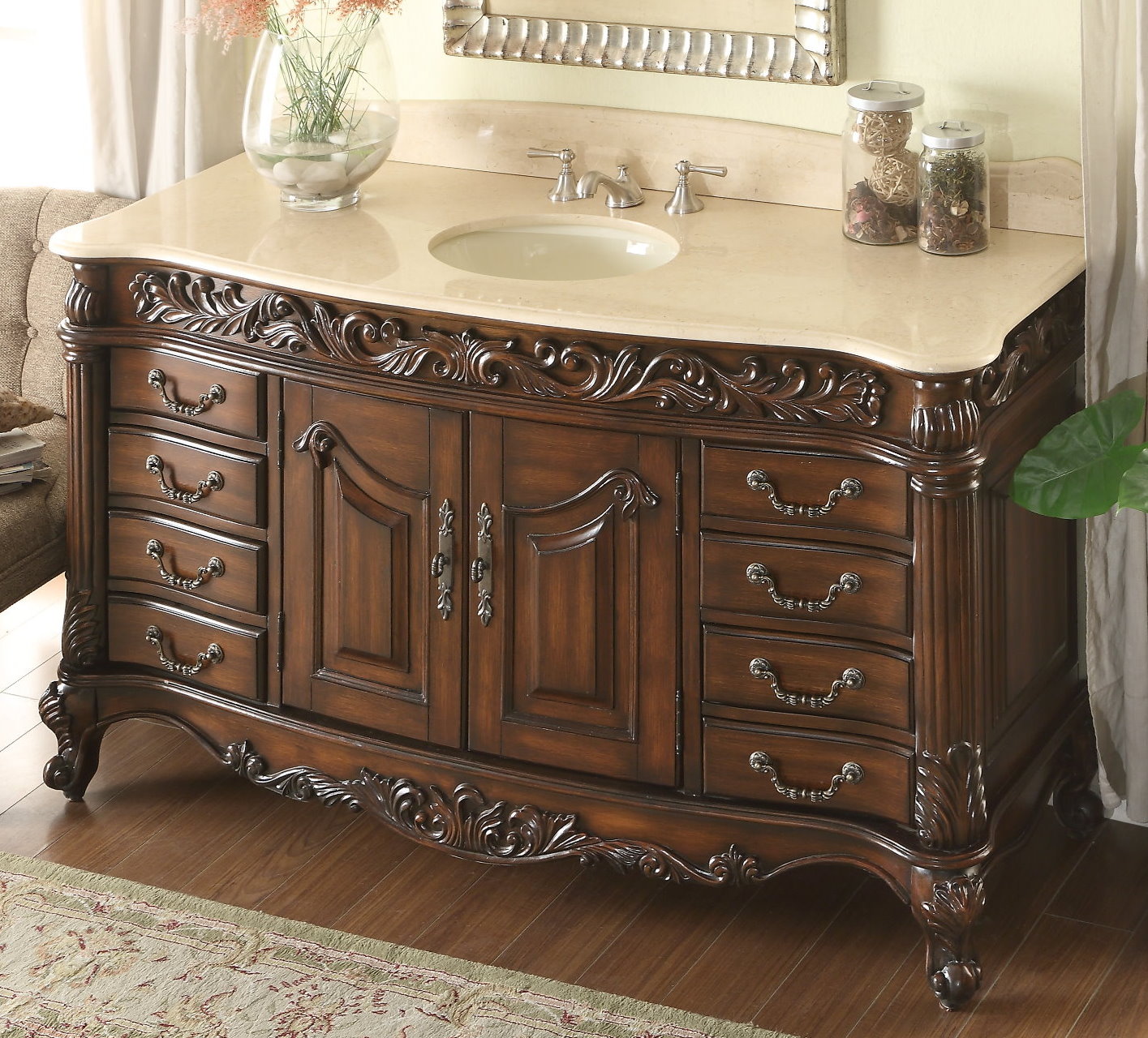Victorian Bathroom Wall Cabinets in the UK

Victorian bathroom design, characterized by its intricate details, opulent materials, and emphasis on functionality, continues to inspire modern interpretations. The Victorian era, spanning from 1837 to 1901, witnessed a significant shift in bathroom design, moving from basic, utilitarian spaces to more elaborate and luxurious sanctuaries. This evolution in bathroom design is reflected in the intricate details and craftsmanship of Victorian bathroom wall cabinets, which remain highly sought after by homeowners today.
The Influence of Victorian Bathroom Design on Modern Interpretations
Victorian bathroom design principles continue to influence contemporary bathroom design in subtle and significant ways. The emphasis on functionality, the use of natural materials, and the appreciation for intricate details are all hallmarks of Victorian bathroom design that resonate with modern sensibilities. Modern bathroom designers often incorporate elements of Victorian design, such as ornate hardware, decorative tiles, and freestanding tubs, to create a sense of timeless elegance and sophistication.
Examples of Authentic Victorian Bathroom Cabinets and Their Defining Features
Authentic Victorian bathroom cabinets are characterized by their intricate craftsmanship, ornate detailing, and use of high-quality materials. Here are some examples:
- Medicine Cabinets: Victorian medicine cabinets were typically made of solid wood, often mahogany or oak, and featured intricate carvings, brass hardware, and glass doors. They were designed to store essential toiletries and medicines, and were often placed above the washstand or sink.
- Vanity Cabinets: Victorian vanity cabinets were often large and elaborate, with multiple drawers and shelves for storing toiletries and linens. They were frequently made of mahogany or walnut, and featured ornate detailing, such as hand-painted finishes, carved moldings, and decorative hardware.
- Towel Cabinets: Victorian towel cabinets were typically made of wood, with open shelves or drawers for storing towels. They were often placed near the bathtub or washstand, and featured ornate detailing, such as carved moldings, brass hardware, and decorative finishes.
Incorporating Victorian Elements into Contemporary Bathroom Designs
While a full-blown Victorian bathroom might not be practical or desirable for every homeowner, incorporating elements of Victorian design can add a touch of timeless elegance and sophistication to any contemporary bathroom. Here are some tips:
- Use Ornate Hardware: Victorian hardware, such as brass knobs, handles, and hinges, can add a touch of vintage charm to any bathroom cabinet. Look for hardware with intricate detailing, such as scrollwork, floral motifs, or geometric patterns.
- Choose Traditional Materials: Victorian bathroom cabinets were often made of solid wood, such as mahogany, oak, or walnut. Consider using these materials or their modern equivalents, such as engineered wood or reclaimed wood, to create a timeless and elegant look.
- Incorporate Decorative Tiles: Victorian bathrooms often featured decorative tiles, such as encaustic tiles, mosaic tiles, or patterned tiles. Consider using these tiles on the walls or floor of your bathroom to add a touch of vintage charm.
- Use a Traditional Color Palette: Victorian bathrooms often featured a traditional color palette, such as deep blues, greens, and reds. Consider using these colors on the walls, cabinets, or accessories to create a timeless and elegant look.
Types of Victorian Bathroom Wall Cabinets
The following table showcases different types of Victorian bathroom wall cabinets with their characteristics and materials:
| Type | Characteristics | Materials |
|---|---|---|
| Medicine Cabinet | Small, with glass doors and shelves for storing toiletries and medicines | Solid wood, such as mahogany, oak, or walnut |
| Vanity Cabinet | Large, with multiple drawers and shelves for storing toiletries and linens | Solid wood, such as mahogany, walnut, or cherry |
| Towel Cabinet | Open shelves or drawers for storing towels | Solid wood, such as oak, pine, or maple |
| Mirror Cabinet | Combines a mirror with storage space | Solid wood, such as mahogany, walnut, or cherry |
Visual Guide Illustrating the Use of Victorian Bathroom Wall Cabinets in Various Bathroom Layouts
[Image Description: A series of images depicting Victorian bathroom wall cabinets in different bathroom layouts. The first image shows a small bathroom with a medicine cabinet above the sink, a vanity cabinet below the sink, and a towel cabinet on the wall. The second image shows a larger bathroom with a freestanding tub, a vanity cabinet with a mirror, and a towel cabinet next to the tub. The third image shows a bathroom with a shower, a vanity cabinet with a mirror, and a medicine cabinet above the shower.]
Installing and Maintaining Victorian Bathroom Wall Cabinets: Victorian Bathroom Wall Cabinets Uk

Installing Victorian bathroom wall cabinets is a rewarding endeavor that can add a touch of elegance and functionality to your bathroom. However, it’s essential to approach the installation process with careful planning and attention to detail to ensure the cabinets are securely mounted and function optimally. Maintaining these cabinets requires a consistent approach to preserve their beauty and longevity.
Installing Victorian Bathroom Wall Cabinets
Installing Victorian bathroom wall cabinets involves several steps that require precision and care. First, select the right location, ensuring it’s accessible, well-ventilated, and suitable for the cabinet’s dimensions. Consider the placement of plumbing fixtures and electrical outlets, and choose a location that minimizes potential obstructions.
- Measure and mark the wall: Accurately measure the wall space where the cabinet will be mounted. Mark the wall with a pencil to indicate the exact position of the cabinet.
- Use a stud finder: Locate the wall studs using a stud finder. Stud finders use magnetic sensors or electronic signals to detect the presence of wood studs within the wall.
- Drill pilot holes: Drill pilot holes into the wall studs at the marked locations. Pilot holes are smaller holes that guide the screws and prevent splitting the wood.
- Secure the cabinet: Attach the cabinet to the wall studs using screws. Use screws that are long enough to penetrate the wall stud for secure mounting.
- Level the cabinet: Use a level to ensure the cabinet is perfectly horizontal and plumb. Adjust the cabinet’s position as needed.
- Install shelves and hardware: Install any shelves or hardware that came with the cabinet. Follow the manufacturer’s instructions for assembly.
Victorian bathroom wall cabinets uk – Safety Precautions:
- Wear safety glasses: Protect your eyes from flying debris while drilling or hammering.
- Use a ladder safely: Ensure the ladder is stable and on a level surface. Never overextend yourself.
- Be mindful of electrical wiring: Avoid drilling into electrical wires or plumbing pipes. Always consult a qualified electrician or plumber for any work involving these systems.
Choosing the Right Location and Ensuring Proper Ventilation
Choosing the right location for Victorian bathroom wall cabinets is crucial for both aesthetics and functionality.
- Accessibility: Ensure the cabinets are easily accessible for storage and retrieval of items.
- Ventilation: Adequate ventilation is essential to prevent moisture buildup and mold growth within the cabinets. Ensure there is sufficient airflow around the cabinets.
- Avoid direct sunlight: Prolonged exposure to direct sunlight can fade the finish of the cabinets and damage the contents.
Maintaining Victorian Bathroom Wall Cabinets
Regular cleaning and maintenance are vital to preserving the beauty and longevity of Victorian bathroom wall cabinets.
- Dust regularly: Use a soft cloth or duster to remove dust and debris from the cabinet surfaces.
- Clean spills promptly: Wipe up spills immediately to prevent staining or damage to the finish.
- Avoid harsh chemicals: Use mild cleaners and avoid abrasive materials that can scratch the finish.
- Check hinges and hardware: Regularly check the hinges and hardware for wear and tear. Lubricate them with a light oil to ensure smooth operation.
Challenges Associated with Installing Victorian Bathroom Wall Cabinets in Modern Homes
Installing Victorian bathroom wall cabinets in modern homes can present certain challenges.
- Wall construction: Modern homes often have different wall construction than older homes, which can affect the installation process. For example, drywall is common in modern homes, while older homes may have plaster walls.
- Electrical wiring: Modern homes may have more electrical wiring and plumbing pipes, which can complicate the installation process.
- Matching the style: Victorian bathroom wall cabinets may not always match the style of modern bathrooms. It’s essential to carefully consider the overall design aesthetic.
Essential Maintenance Tasks for Victorian Bathroom Wall Cabinets, Victorian bathroom wall cabinets uk
Here’s a checklist of essential maintenance tasks to keep your Victorian bathroom wall cabinets in top condition:
- Dusting: Dust the cabinet surfaces weekly.
- Cleaning: Clean the cabinet surfaces with a mild cleaner and soft cloth monthly.
- Checking hinges and hardware: Inspect the hinges and hardware for wear and tear quarterly. Lubricate them with a light oil as needed.
- Inspecting for damage: Check for any signs of damage to the cabinet, such as scratches, dents, or loose screws, and address them promptly.
